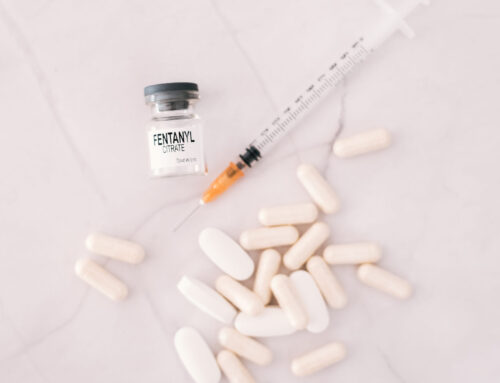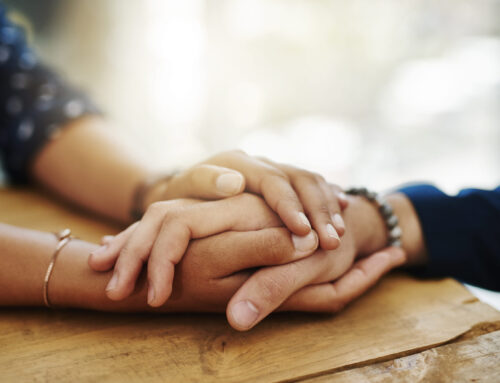
What comes to your mind when you hear of the holiday season? For most of us, the answer is celebration, joy, festivities, and togetherness. However, that’s not the case for everyone. Under the glittering veneer of holiday cheer, many people find themselves engulfed in darkness. A multitude of stressors and challenges come their way. But the most difficult issue remains a spike in drug and alcohol usage.
According to the CDC, traffic fatalities, including alcohol-related ones (ARTFs), tend to occur more frequently during holiday periods than nonholiday ones. Among all holidays, New Year’s Day experienced the most significant relative surge in traffic fatalities, with a notable increase of 64% for data over ten years. Since 1999, CDC has documented nearly 91,000 deaths related to drug use in December.
This phenomenon raises several questions—why do people turn to substances during this time of year? What underlying factors contribute to this surge?
So, let’s look into the complexities behind the heightened drug and alcohol usage during the holidays, shedding light on the societal, emotional, and psychological elements that drive this behavior.
Escapism and Emotional Distress
The holiday season can be emotionally taxing for many individuals. While it is a time of joy for some, it can also stir up feelings of loneliness, grief, and stress. For those who have lost loved ones or struggle with strained relationships, the holidays may intensify these emotions. Memories of past holiday gatherings involving drug use or thoughts of old friends associated with drug use can serve as triggers during this time of year. Consequently, some individuals turn to drug and alcohol usage as a form of escape, seeking temporary relief from their pain or emotional turmoil.
Social Pressures and Festive Atmosphere
Gatherings, parties, and festivities are synonymous with holidays. But these reunions often involve alcohol. The pressure to participate can be overwhelming, especially for those with a history of addiction.
Moreover, the prevalence of alcohol-centered advertisements and cultural norms that associate celebrations with substance use contributes to the increased temptation. The desire to conform, fit in, and avoid feeling left out can lead people to engage in higher levels of drug and alcohol consumption during this time.
Familial and Relationship Strains
One thing most of us look forward to as the holiday season approaches are family reunions. Everyone gets together to celebrate the joyous occasion. But this can also exacerbate existing tensions and conflicts. Interpersonal dynamics within families and relationships can be strained, and the pressure to maintain harmonious interactions may intensify. In an attempt to cope with these challenges or temporarily alleviate stress, people may resort to drug or alcohol use, seeking solace or a temporary escape from the difficulties they face.
Financial Stress and Seasonal Affective Disorder
The financial strain of the holiday season can take a toll on individuals and families. The pressure to buy gifts, organize parties, and meet societal expectations can lead to financial burdens and anxiety. Additionally, the onset of Seasonal Affective Disorder (SAD) due to reduced daylight and colder weather can contribute to a decline in mental well-being. To cope with these stressors, many people turn to substances as a way to numb their worries or temporarily alleviate their emotional distress.
Availability and Increased Access
During the holiday season, availability and access to drugs and alcohol can also contribute to the spike in usage. Parties and celebrations often provide ample opportunities to consume substances. Furthermore, the festive spirit can lead to a relaxation of personal boundaries and an increased willingness to experiment or indulge. One might think drug or alcohol usage is just for the holidays, but that can quickly turn into an addiction. This, coupled with the higher holiday demand, can create a supply chain that readily caters to those seeking drugs and alcohol.
Identifying Drug and Alcohol Usage Indicators
Identifying substance use indicators during the holiday season is essential for guaranteeing the well-being of your loved ones. While it’s important to note that every person’s situation may vary, there are several general signs to watch for. Here are some indicators that may suggest drug and alcohol usage during the holiday season:
- Physical and behavioral changes: Look for sudden and unexplained changes in appearance, such as bloodshot eyes, dilated or constricted pupils, impaired coordination, slurred speech, or erratic behavior. Moreover, notice if the person experiences extreme mood swings, irritability, agitation, or increased hostility during holiday gatherings or events.
- Social withdrawal: Pay attention if someone starts isolating themselves from friends and family, avoiding social activities, or showing disinterest in holiday events. Withdrawing from usual social connections can be a warning sign of drug and alcohol usage.
- Changes in routines and responsibilities: Watch for significant shifts in daily habits, such as neglecting work or school responsibilities, missing important events, or being frequently absent during holiday gatherings. These changes could be a result of substance abuse.
- Financial difficulties: Notice sudden financial strain or unusual behavior related to money, such as borrowing or stealing funds or frequently requesting financial assistance. Financial problems can be an indication of drug use as they illicit a lot of money out of users.
- Neglecting personal hygiene: Take note if a loved one’s personal hygiene deteriorates, such as not caring for their appearance, neglecting grooming habits, or having an unkempt appearance. Users often let go of their hygiene when they’re involved in substance use.
- Paraphernalia or physical evidence: Keep an eye out for drug-related paraphernalia, such as syringes, pipes, empty bottles, or unusual powders or substances in their possession. Also, when drugs like heroin or methamphetamine are smoked, foil is often involved. So, look for burnt foil with blackened marks or residue, as it suggests drug use.
Seeking Respite from Drug and Alcohol Usage with Georgia Addiction Treatment Center
The surge in drug and alcohol usage during the holiday season is a multifaceted issue rooted in various factors. If you or your loved one experience going down this dangerous path, contact us for help!
We firmly believe no one should face addiction alone at Georgia Addiction Treatment Center. Thus, we make sure you become part of a community that understands your struggles and celebrates your victories. You will connect with individuals who have walked a similar path, forming bonds that will help you stay strong and focused on your recovery.
Enrolling yourself or a loved one in our program is not just a decision—it’s an act of love and self-care. It’s a courageous step toward a brighter future filled with hope, happiness, and freedom from the chains of addiction.
So, let us be the guiding light that leads you or your loved one toward a life of lasting recovery. Together, we can overcome the darkness and embrace a future full of purpose!




